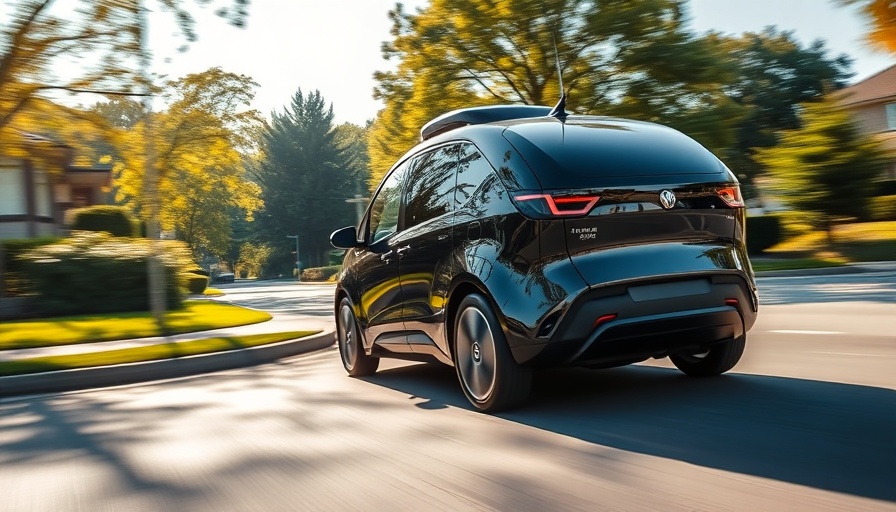
May Mobility Takes a Bold Step into Driverless Transportation
May Mobility has officially launched its first fully driverless ride-hail service in Peachtree Corners, Georgia, marking a significant milestone in the world of autonomous vehicles. Instead of jumping directly into the crowded robotaxi market, the company has opted for a more cautious approach. By focusing on on-demand shuttles and pooled rides in specific areas, May aims to provide seamless transport solutions slowly but surely.
The Vision Behind Autonomous Transport
The launch of this service is not just about technology but about reshaping how we view urban mobility. Operating under a "gentle on-ramp" strategy, May Mobility has established a robust foundation by previously running a free shuttle service on Technology Parkway. This area, known for its dedication to autonomous vehicle testing, features advanced infrastructure, including 5G connectivity, designed to support driverless technology.
A Unique Approach to Deployment
By removing the human safety operator, May is taking a bold yet calculated risk. This shift allows May Mobility to monetize its service while continuing to offer rides along a controlled route, enhancing the passenger experience. With eight preset stops that serve major destinations like hotels and offices, May is strategically placing itself within a tech-forward community, creating a model that other startups might seek to replicate.
Future Implications for Entrepreneurs
The success of May Mobility could open doors for other entrepreneurs in the transportation sector. As more startups look to innovate within the autonomous landscape, studying May's incremental approach offers valuable lessons in patience and careful planning. This deliberate strategy highlights the importance of building trust with consumers and partners, especially in a landscape fraught with challenges.
Conclusion: What This Means for the Industry
May Mobility's developments serve as a reminder that the journey toward fully autonomous transportation requires balancing technology with user readiness. The company's experience exemplifies how incremental innovation can lead to broader acceptance of driverless services in urban settings. As the ride-hail landscape continues to evolve, companies must be savvy, willing to learn from early ventures, and ready to adapt their approaches to align with consumer expectations.
 Add Row
Add Row  Add
Add 




Write A Comment